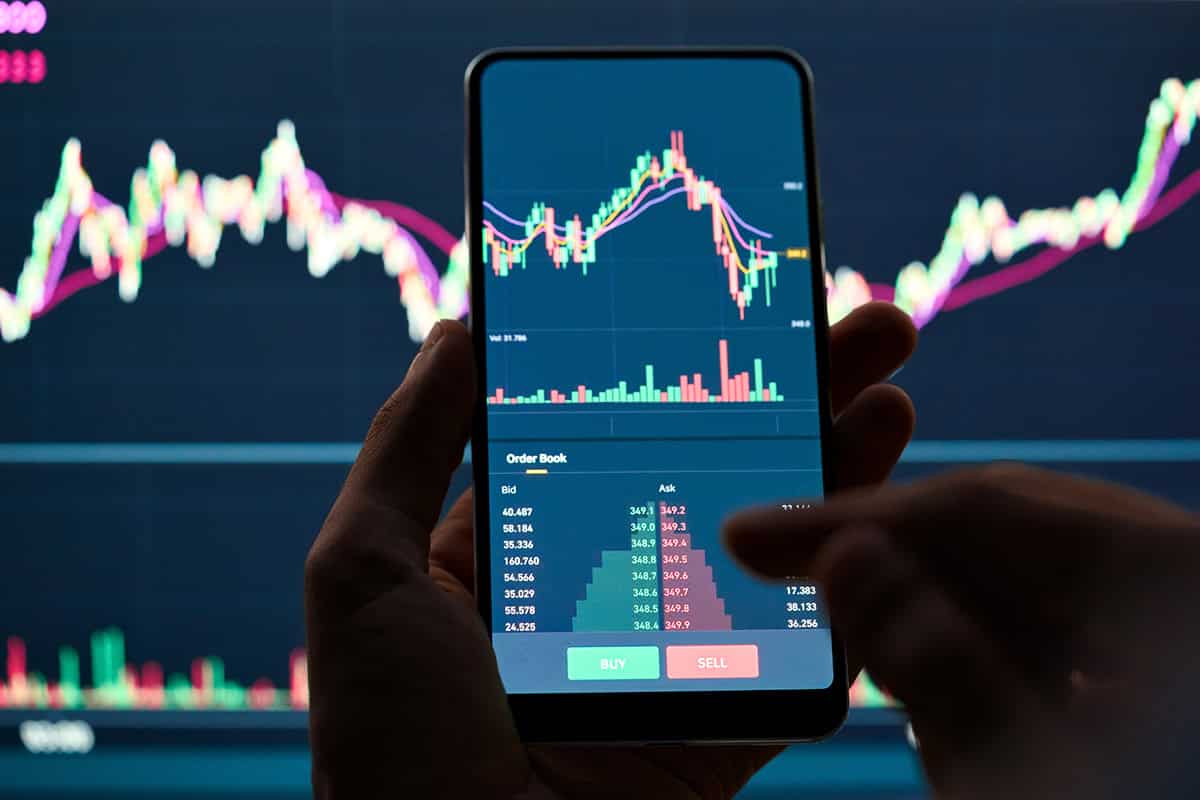The China Securities Regulatory Commission (CSRC) is ratcheting up inspections of companies seeking initial public offerings.
The aim is to boost secondary markets and slow the rate of fresh fundraisings. Such regulatory action, like seizing mobile phones and laptops belonging to senior executives, has caused more companies to withdraw IPO applications.
The CSRC announced in April that it would conduct onsite inspections on 20% of initial public offering hopefuls in 2024—four times greater than its target last year. The watchdog, which tightened rules in March, reportedly wants to ensure that only top-tier firms (those preferred by the Beijing government) can access the country’s capital markets.
The nation’s largest bourses in Shenzhen and Shanghai haven’t accepted any IPO applications this year.
Over 130 Chinese IPO candidates scuttled their listing plans in 2024, data shows. Swiss agro giant Syngenta, for example, aborted a $9 billion offering in Shanghai.
China’s domestic benchmark figure rose 7% this year, but total funds from IPOs plummeted by almost 90% to $2.6 billion in the first four months. That’s the lowest level since 2013.
CSRC and local stock exchange officials now show up at IPO applicants’ offices insisting to review their business and personal documents to gauge their financial heath and governance.
Similarly, underwriters for prospective IPOs must be present and be prepared to be questioned by regulators and bourses alike. Yet, this raises the risk that banks and brokerages will become ensnared in their clients’ regulatory problems. In some cases, bankers have needed to surrender their computers and mobile devices—lest they be left out of an IPO or even lose their jobs.
In February, the CSRC fined Shanghai semiconductor firm S2C for fraud in its listing application, despite the company cancelling its intended IPO in July 2022.
Such measures to rein in IPOs have dampened prospects for investment banks and professional services firms. China’s equity-related underwriting fees dropped 77% to $301 million last quarter from a year earlier—the lowest level since 2009.
